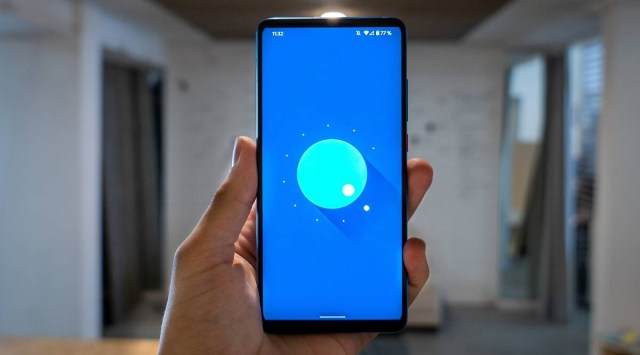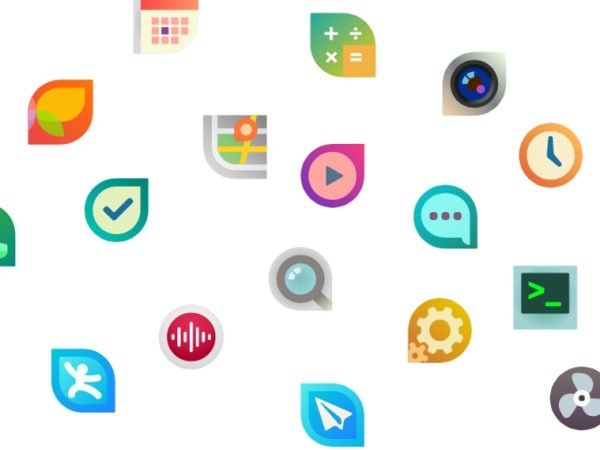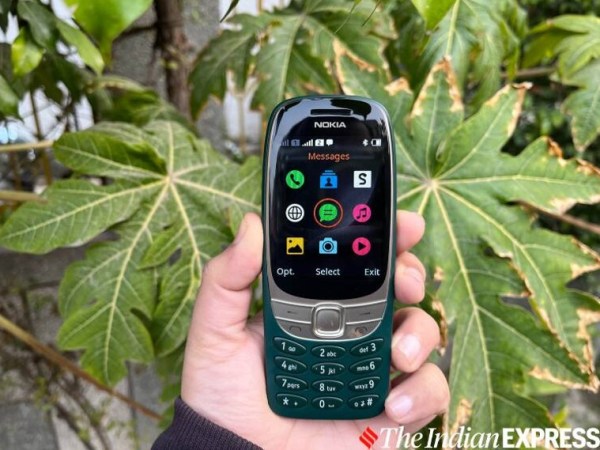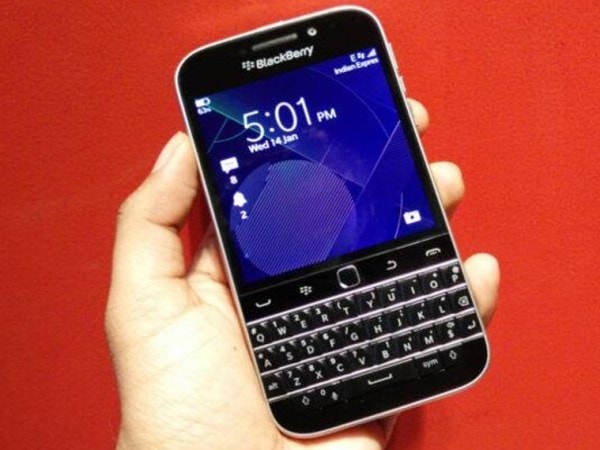BharOS is India’s own rival to Android. But how have Android competitors fared in the past?
Here are the Google's Android competitors and how they have fared against it.
 Google's Android currently leads the smartphone OS market (Image credits: Mika Baumeister/Unsplash)
Google's Android currently leads the smartphone OS market (Image credits: Mika Baumeister/Unsplash) BharOS, an indigenous mobile operating system developed by JandK Operations Private Limited, a non-profit organisation of IIT Madras is all set to take on Android and iOS. While this is a first from India, a lot of companies have tried their hands at building a successful mobile operating system to take on Google’s Android over the last few years. And none have really succeeded. Starting with the Symbian OS to the Windows Phone OS, here are all the major smartphone operating systems that have tried to compete against Google and failed miserably.
 A Nokia phone running on Windows Phone OS.
A Nokia phone running on Windows Phone OS.
Windows Phone OS
Microsoft’s Windows Phone OS had the potential to be one of the greatest mobile operating systems in the world. In fact, around the time when Windows Phone OS 8 peaked, it used to deliver a better user experience than Android. What really didn’t work out for Microsoft is that they failed to attract users due to the lack of apps compared to Android and iOS. Developers did not take to the Windows Phone platform in a big way either. Hence, the platform slowly started losing its market share.
Microsoft tried its best to make this OS a sustained mobile platform, and it even bought Nokia, the big smartphone brand to further push Windows Phones. However, neither Nokia nor Microsoft sustained the Android and iOS competition.
 Brands like OnePlus, Micromax, and even Lenovo launched phones with CyanogenOS.
Brands like OnePlus, Micromax, and even Lenovo launched phones with CyanogenOS.
CyanogenOS
While CyanogenOS is still in the market as LineageOS, it’s no longer as popular as it used to be. CyanogenOS was based on Android Open Source Project (AOSP) and it partnered with brands like OnePlus and Micromax’s YU to launch phones with a custom CyanogenMod which promised a clean user interface with a lot of customisation options. In fact, OnePlus’ first smartphone the OnePlus 1 came with CyanogenOS. Similarly, Micromax’s Yu series of smartphones also shipped with CyanogenOS and even Lenovo launched a phone called Zuk Z1 with CyanogenOS out-of-the-box.
These days many smartphones can get an official LineageOS build, but one needs to unlock the bootloader and install a custom recovery to use LineageOS. This is a cumbersome process, hence, the user base of LineageOS is limited to enthusiasts.
 SailfishOS had Android app support but it didn’t have Google Play Store.
SailfishOS had Android app support but it didn’t have Google Play Store.
SailfishOS
Just like CyanogenOS, SailfishOS is Linux based mobile operating system with support for Android apps. Launched back in 2013, the operating system failed to make a mark in the smartphone market due to the lack of an app store like the Google Play Store. This operating system was mainly built on privacy-centric features. However, to the lack of options, Sailfish failed to make a dent in the smartphone world.
 Symbian OS was considered the original smartphone OS (Image credit: Anuj Bhatia/Indian Express)
Symbian OS was considered the original smartphone OS (Image credit: Anuj Bhatia/Indian Express)
Symbian (Series 40)
Symbian (Series 40) is what is considered to be the very first smart mobile operating system, optimised for both touch and non-touch devices. However, as Android started to evolve, Symbian failed to catch up with it and continued to offer outdated UI and it didn’t even have the massive app support that Android and iOS had, hence, users started to lean over Android for better user experience and app choice.
 Blackberry phone with support for touch and QWERTY keyboard.
Blackberry phone with support for touch and QWERTY keyboard.
![]() Blackberry OS
Blackberry OS
Blackberry OS was once known for its security features. In fact, at one time, the president of America could only use a Blackberry, which has now been replaced by an iPhone. Blackberry phones and their OS were most suited for business professionals, and they were also on the expensive side. With affordable Android smartphone options, Blackberry failed to attract an audience who wanted affordable smartphones with a great operating system.
After a while, Blackberry ditched its own OS and started offering phones with Android OS without Google Play Store. Again, although it was based on AOSP, Blackberry devices failed to attract users and lost another chance of reinstating its past glory. The company is currently planning for another comeback with 5G devices.
Advantages of Google’s Android
Google’s Android have several advantages over its contemporaries. The main attraction of Android is the choice of devices. Android is currently the only platform that offers devices for just Rs 5,000 and it even has the most expensive phones with technologies like folding display, 5G connectivity, high-resolution cameras, and a lot more.
When compared to other OSs, Android is a lot more flexible, allowing OEMs to customise and make their own. This is the reason why a Xiaomi smartphone feels completely different from Samsung’s and Google’s smartphones despite being based on the same Android OS. For enthusiasts, Google allows users to build their own ROM (given you have the kernel source code of the device), sideload apps without rooting or jailbreaking, customise the whole looks, and when combined with Google service, a phone with Android OS will have everything that one expects from a modern connected device.







